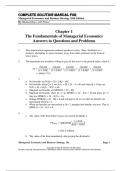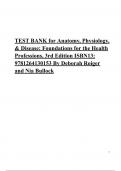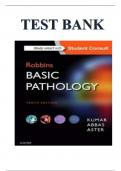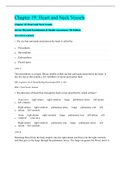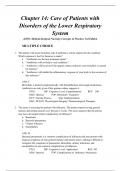Exam (elaborations)
Test Bank - for Statistics for Nursing Research A Workbook for Evidence-Based Practice 3rd Edition by Susan K. Grove. All Chapters| A+ Guide | New Edition
Test Bank - for Statistics for Nursing Research A Workbook for Evidence-Based Practice 3rd Edition by Susan K. Grove. All Chapters| A+ Guide | New Edition
[Show more]




